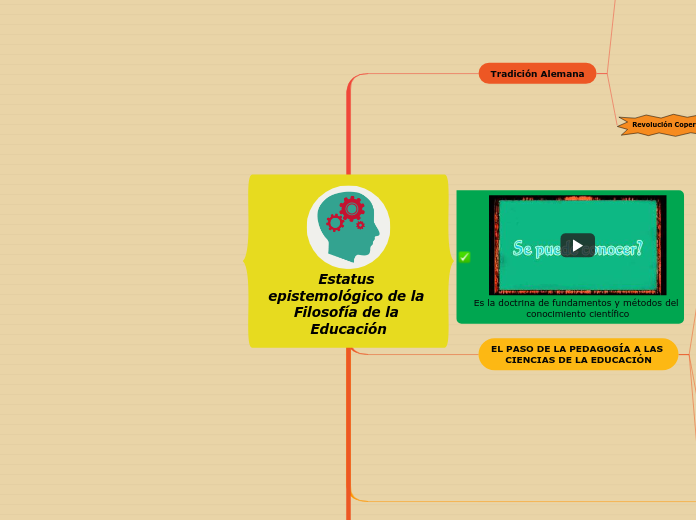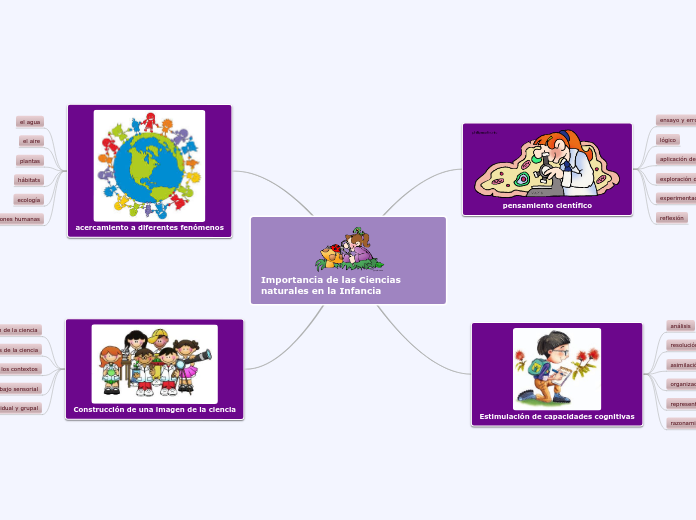Conocimiento científico
Hipótesis - Predicciones - Experiencia
Es la doctrina de fundamentos y métodos del conocimiento científico
Estatus epistemológico de la Filosofía de la Educación
To name your story, you have to think about the overall message and what you want your audience to understand from the story. Also, make it relevant and easy to remember.
Clasificación
The ending of a story is essential. We all know that if the ending is weak, what happened before loses its importance. So make it unpredictable, but fair. A resolved ending answers all the questions and ties up any loose threads from the plot.
Lógica
Sociales
Sociología
This is the closure section of the story.
See examples of possible outcomes below:
- all problems have been solved
- it's clear how each one of your characters ends up
- your main character is transformed by the challenge
Psicología
This is the moment when the main character surpasses the last obstacle and finally faces their greatest challenge.
The climax usually follows one of these patterns:
- realization
- resolution
- choice
Type in your answer.
Por: Olga Reinoso
EL PASO DE LA PEDAGOGÍA A LAS CIENCIAS DE LA EDUCACIÓN
The middle of the story is where you add layers of complications that will lead to the end. Reveal more about the character's journey. Did their personality go through changes? How did they overcome the challenges? And as you build up the story’s central conflict, make it more personal to that character. Also, from the middle act, you have to lead into the final act.
There wouldn't be any tension and excitement in your story if there weren't any obstacles in your character's way.
Es la teoróa práctica
A story is nothing more than a character overcoming a series of difficulties to reach the desired goal. Obstacles usually create suspense and conflict. In overcoming obstacles, there is growth: weak becomes strong; hatred turns into love; sadness into happiness; wrong into right; lies into truth; or evil becomes good.
See a few examples below:
- stopping a meteor
- finding a killer
- finding love
Positivismo y etapas de la pedagogía
Your character(s) need(s) motivation in order to solve the challenge(s).
Usos del término pedagogía
Inculcación de convicciones
Discurso
Arte y Ciencia
Paso a ciencias de la Educación
Secondary characters also might have motivs beacuse of which they may cross path with main character or which might trigger them to help the main character.
Debesse y Mialaret
Pedagogía experimental
Secondary characters might also have motives that lead them to cross paths with the main character or which might trigger them to help the main character.
Dottrens, Simon
Pedagogía científica
Why does your character need to confront this challenge? What does he/she expect to accomplish by solving it?
See a few examples:
- will marry in 3 days
- can fix the mistakes of the past
A. Binet y Claparedé
Ciencia de la Educación
Each story has a main character and that character usually needs to solve a problem or challenge. The character's challenge is the one that creates tension throughout the story.
Diferencia entre
Type in any other challenges which other characters in the story need to face.
Realidad de la educación
Describe al hombre y teoría de la sociedad
Rechaza termino pedagogía
In most stories, there are 3 challenges. The number 3 is a mystical number symbolizing completeness. Try to come up with interesting challenges with which your character needs to struggle.
See a few examples below:
- turns into a werewolf at night
- is sent back in time
Cambio por ciencia positiva de hechos
Por compromiso con la filosofía
Tradición Alemana
In the beginning of the story (or the exposition), you will need to introduce the setting and characters. You might also want to introduce the main conflict. This part of the story is important because it gives the reader necessary background information and maybe even a first insight into a character’s personality.
Revolución Copernicana
The setting (time & place) of a story can change throughout the plot.
Pedagogía
Ciencias del espíritu
W. Dilthey
Ciencias de la Naturaleza
65s-75s Fuertemente criticada
Razón
The weather is an important element in your story because it can highly influence the ambiance and the mood of the characters.
Ideas de DIOS-MUNDO-ALMA
The most affected character is the main character. Write down here if he/she is affected by these weather conditions in any way. For example, if they lost a family member or their home during a hurricane, etc.
Categorías de entendimiento
Decide if you want to include an element of nature in your story. For example, a rainbow can be a very nice choice for a happy ending. The mist in a story can represent mystery and secrets. A thunder can appear in the background at the moment when the 'bad guy' of the story makes its appearance, etc.
El objeto del conocimiento se construye.
Does your story include catastrophic weather? See a few suggestions below or add your own:
- hurricane, earthquake, storm, etc
60s
The time of the story can also change. It can describe the event of a single day or can include an entire year's plot. Anyway, don't forget to mention it.
Resurge en los 80s como Hermenéutica-Crítica
Cuestionada por críticos-sociales
Alemania
Your story can take place wherever your imagination will take you to.
For example: in an elevator, in an enchanted forest, etc. Don't forget to give details of the environment each time the setting changes, otherwise, the story can be confusing. Also, mention the seasons as each of them has unique weather and events.
Resto del mundo
Características
Characters are essential to a good story. Usually, the protagonist(s) is/are the most affected by the plot. Introduce a character by focusing on their actions, interests, and occupation, as the physical appearance doesn't make a difference in most cases.
Siglo XVIII - XIX
Type in the name of your character.
La segundo Filosófico-Historicista
Add other qualities/attributes of the character.
Depende de condiciones histórico-sociales
La primera Científico-Mecanicista
What is your character's main goal?
fight Evilfind lovedefeat his/her enemyrule the worldmake friendstime travelmake an awesome discoveryOther
Dificultades en el proceso educativo
Se apoya en la ética
Relación FILOSOFÍA - EDUCACIÓN
Which traits best describe the character's personality? Choose more if necessary:
introvertedloyalkindindependentquick-thinkingadventuresomeidealisticsweet-naturedcalmrisk-takercreativewittystrictfussyweirdclumsyharshaggressivecarelessclingingcowardlycrueldeceitfulimpulsiveOther
Idealismo Neo-Kantiano
Choose the type of your chacter:
Protagonist (main character)Antagonist (main character's opponent)Flat (stereotypical character)Round (his/ her personality develops throughout the story)Static (doesn't evolve as a person throughout the story)Dynamic (dramatical change in personality)Confidant (the main character trusts him/ her)Foil (contrasting character who enhances the personality of another character)Other










